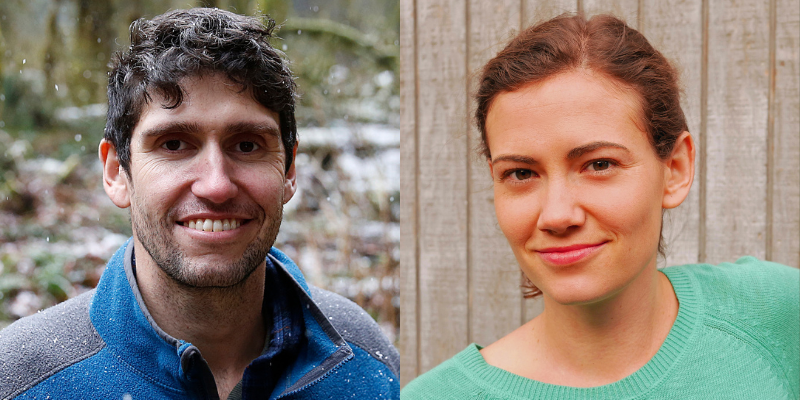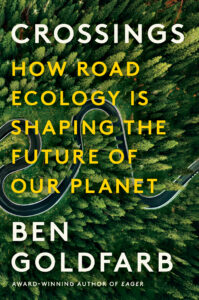
- This event has passed.
Ben Goldfarb with Brooke Jarvis
Life is a Highway: Protecting Wildlife through Road Ecology

Did you know that there are 40 million miles of roadways on earth? While roads are practically invisible to humans, wild animals experience them entirely differently. Conservation journalist Ben Goldfarb has explored the environmental effects of this ubiquitous part of the modern world.
In his book, Crossings, Goldfarb explains how creatures from antelope to salmon are losing their ability to migrate in search of food and mates; invasive plants hitch rides in tire treads; road salt contaminates lakes and rivers; and the very noise of traffic chases songbirds from their habitat. These effects on nature are everywhere, all because of human activity.
Read More
Yet there is human activity that is working to combat these effects as well. Goldfarb describes conservation work such as highway wildlife bridges, similar to the I-90 wildlife corridor in Washington state. He explains how tunnels for toads and deconstructing old logging roads can make a difference. These projects and other research in road ecology are working toward lessening the hazards of roadways. While they may take up millions of miles of the planet, roads can leave a smaller impact in the future.
Ben Goldfarb is an award-winning environmental journalist who covers wildlife conservation, marine science, and public lands management, as well as an accomplished fiction writer. His work has been featured in Science, Mother Jones, The Guardian, High Country News, VICE, Audubon Magazine, Modern Farmer, Orion, World Wildlife Magazine, Scientific American, Yale Environment 360, and many other publications. He is the author of Eager: The Surprising, Secret Life of Beavers and Why They Matter.
Brooke Jarvis is an independent journalist based in Seattle. She’s a contributing writer to The New York Times Magazine and a winner of the Livingston Award and the Whiting Award.
Presented by Town Hall Seattle.
